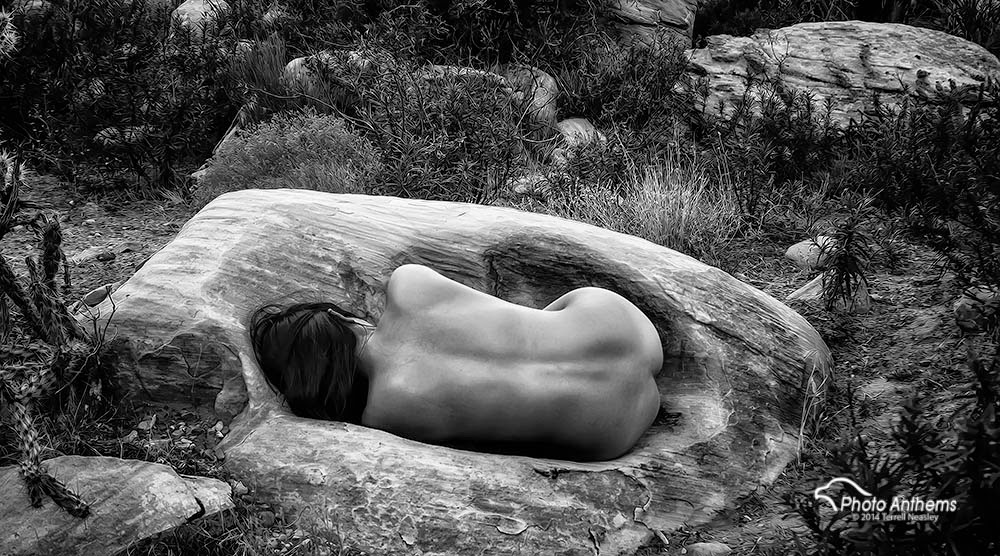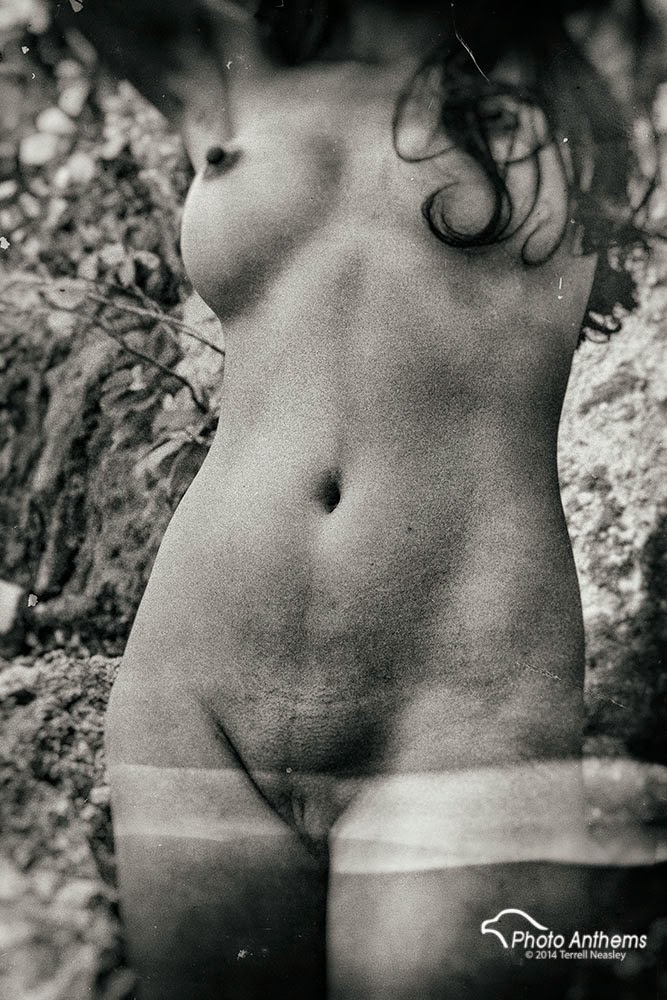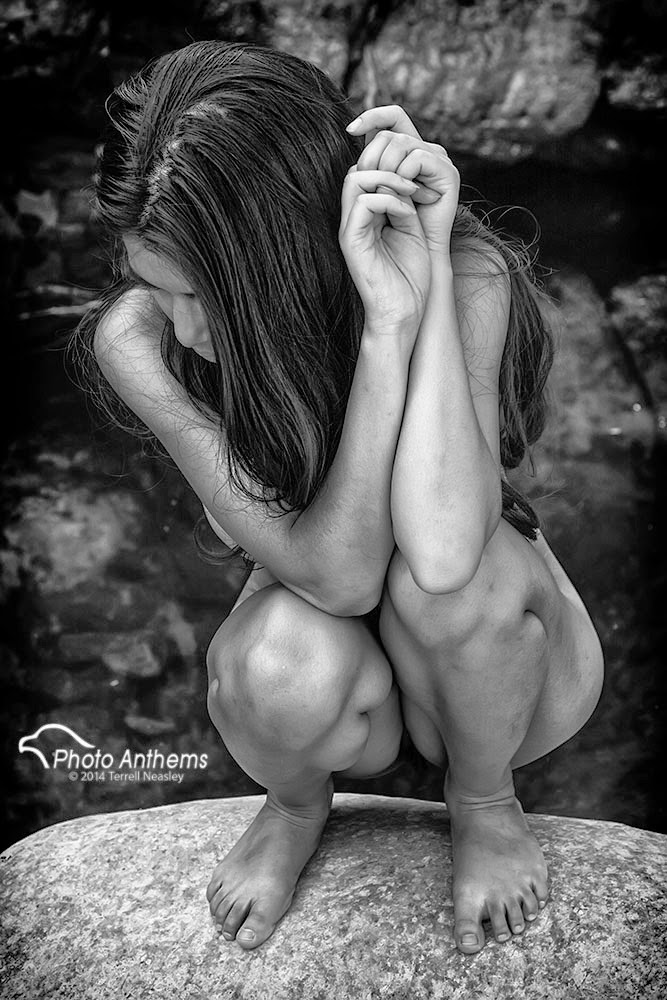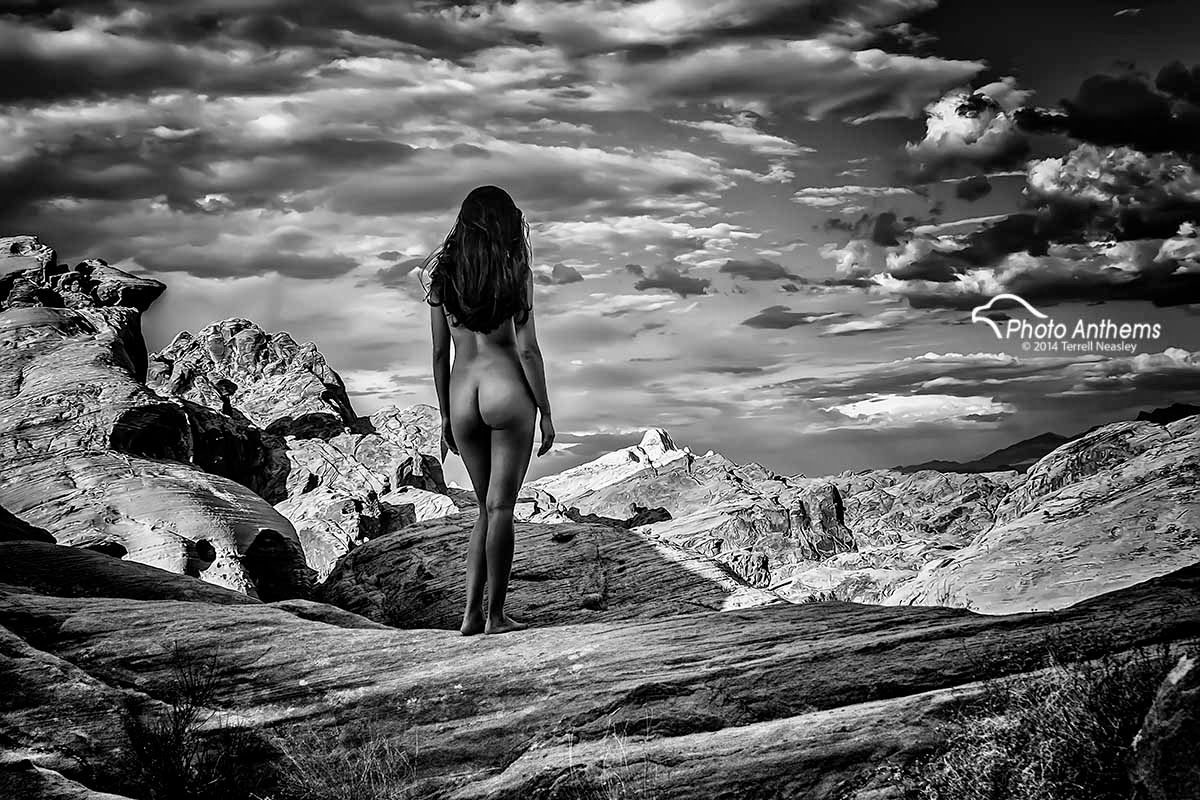 |
| Art Model, Panda ©2014 Terrell Neasley |
The Canon EOS 7D Mark II
I bought my original 7D in 2010 to pair with my 5D Mark II. Between the two systems, I found the 7D much easier to use and was more user friendly. I think the 7D Mark II will garner the same appreciations.
 |
| Art Model, Alethea ©2013 Terrell Neasley |
This is still a heavy, solid camera. It weighs in at an ounce and a half under the full-frame 5D Mark II. I like the feel of it in my hands. As for features...well, at 10 frames per second, its now the fastest system out there for sports that is under $6800 with an AF system to boot. Dual Pixel AF is added in like what first appeared in the 70D. This is keeping with the tradition of the original 7D which got you 8 fps. Along with that tradition, it keeps dual processors! Two Digic 6 processors, allowing for faster signal processing, metering, increased buffering, and since you have 2 processors sharing the heat load, that's less noise at higher ISO's. And speaking of ISO, it peaks out natively at 16,000 which is about a third stop over the usual high of 12,800. Dual card slots for SD and CF is cool. That's a first in Canon's APS-C systems. I would give heavy consideration to this over even the 5D Mark II.
What I Wish it Had
There's not a lot on this camera that you can add to it. If I compared it to Nikon, I'd say it would be cool to adopt some of Nikon's ideas with the removal of the anti-alias filter and add in a articulating LCD. The solid aluminum body adds weight and messes things up for built-in WIFI. Nikon was cool enough to minimize the aluminum to just the top and bottom and made the front side of it with carbon fiber AND built-in WIFI. I wouldn't really expect 4K video in this thing. Its still a prosumer system after all, but 120 fps at 720p would have been cool for some serious slow-mo action.
 |
| Anonymous Art Model, ©2014 Terrell Neasley |
There's not much to dislike about this thing. If anything, my concern goes toward the manufacturer. I think this would have been a good time for them to take the lead and experiment a bit. These features were still traditional and conventional improvements. But I've posted before on what I think the future pro cameras will look like and feature. I don't like that Canon, the biggest camera manufacturer out there, is not taking chances. How about REALLY boosting that speed and making it a game-changer with an electronic shutter or something...at least the front curtain. I was also a little surprised at the price-point of $1800. The original 7D stayed at $1500 or so. Now it's priced within a hundred bucks of a full-frame 6D on rebate. Is that wise?
 |
| Art Model, Covenant ©2014 Terrell Neasley |
I can't say I was as impressed with Nikon's newest baby. I'm actually a little confused with it. Basically, they updated the D610 which JUST came out last year. The price point is just a few hundred more than the D610, so who's gonna buy a 610 now? A new seven hundred series camera was speculated to be the successor to the highly popular D700. I thought it would be faster than 6 1/2 frames per second. Most of the increases are 1-stop improvements, although there is a jump with the new processor and AF system. Is it a good camera? Hell, yes it is. No denying that. But again, my argument persists on Nikon's tendency to fade to traditional. Will the D610 be discontinued? Photography Life blog posted a comparison a few weeks ago that illustrate these differences very well. I'll give it credit for being the first full-frame digital with a flip LCD screen and built-in WIFI. After that, we'll have to wait and see what this company does and how it positions itself against the competition. Google the reviews and tell me what you think. I could be way off base here.
Both these systems can be pre-ordered at BandCCamera.com.








